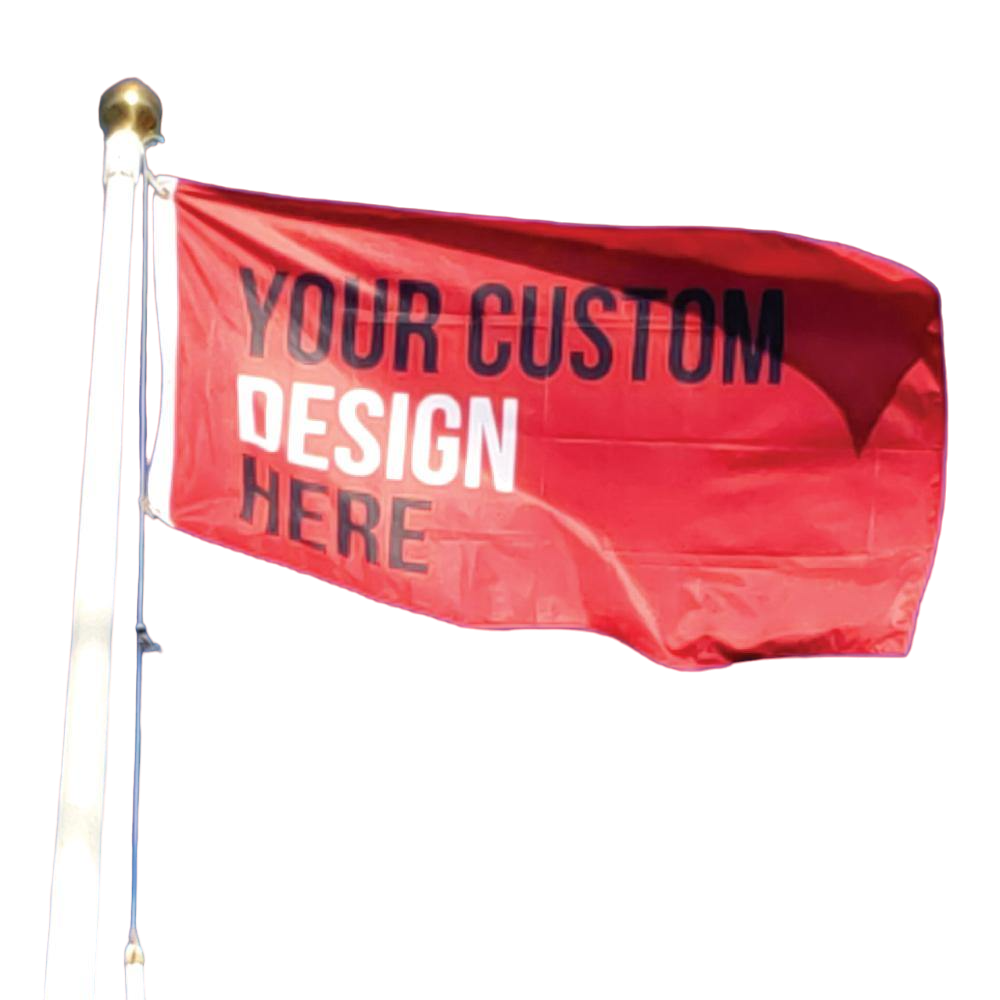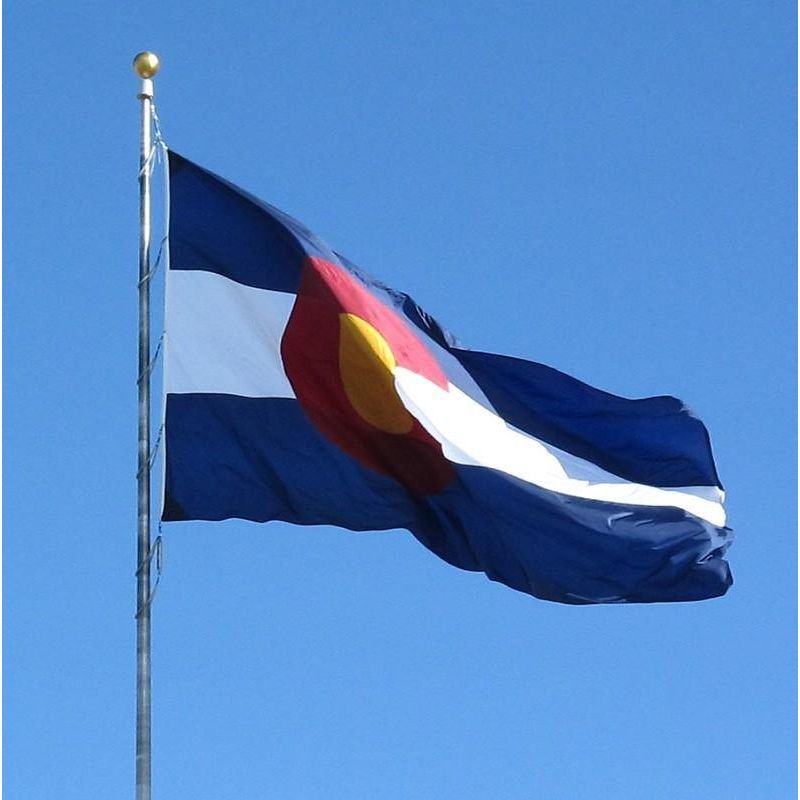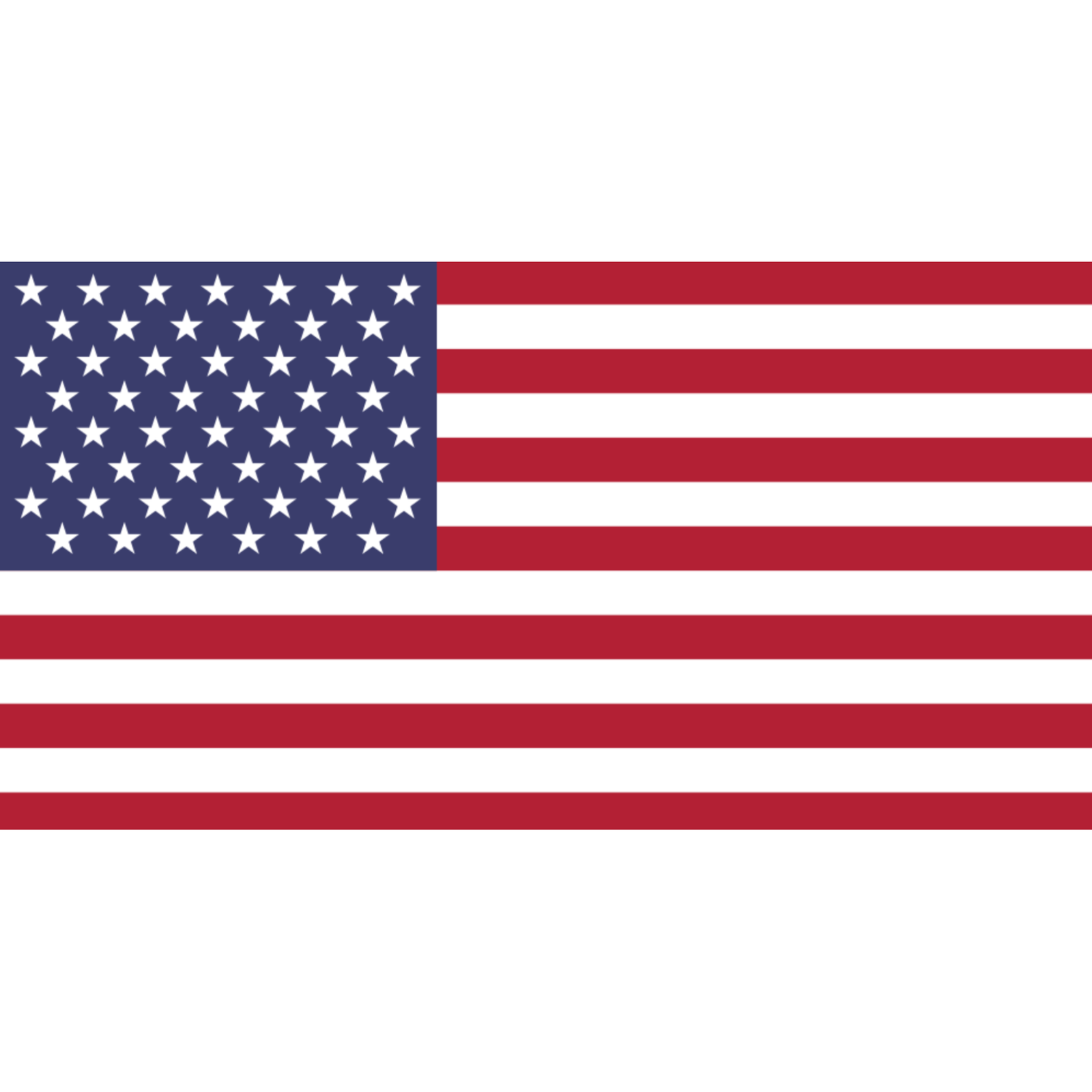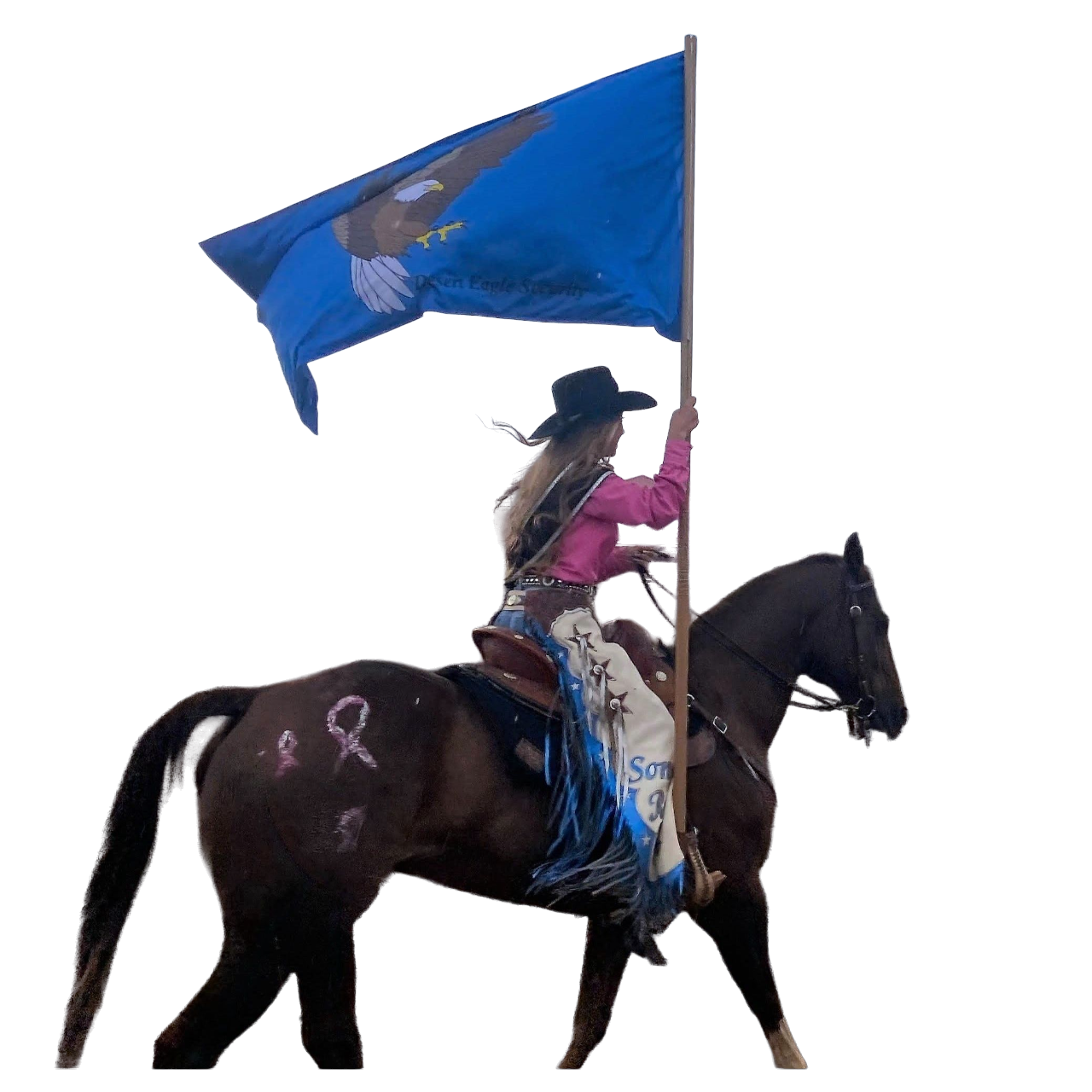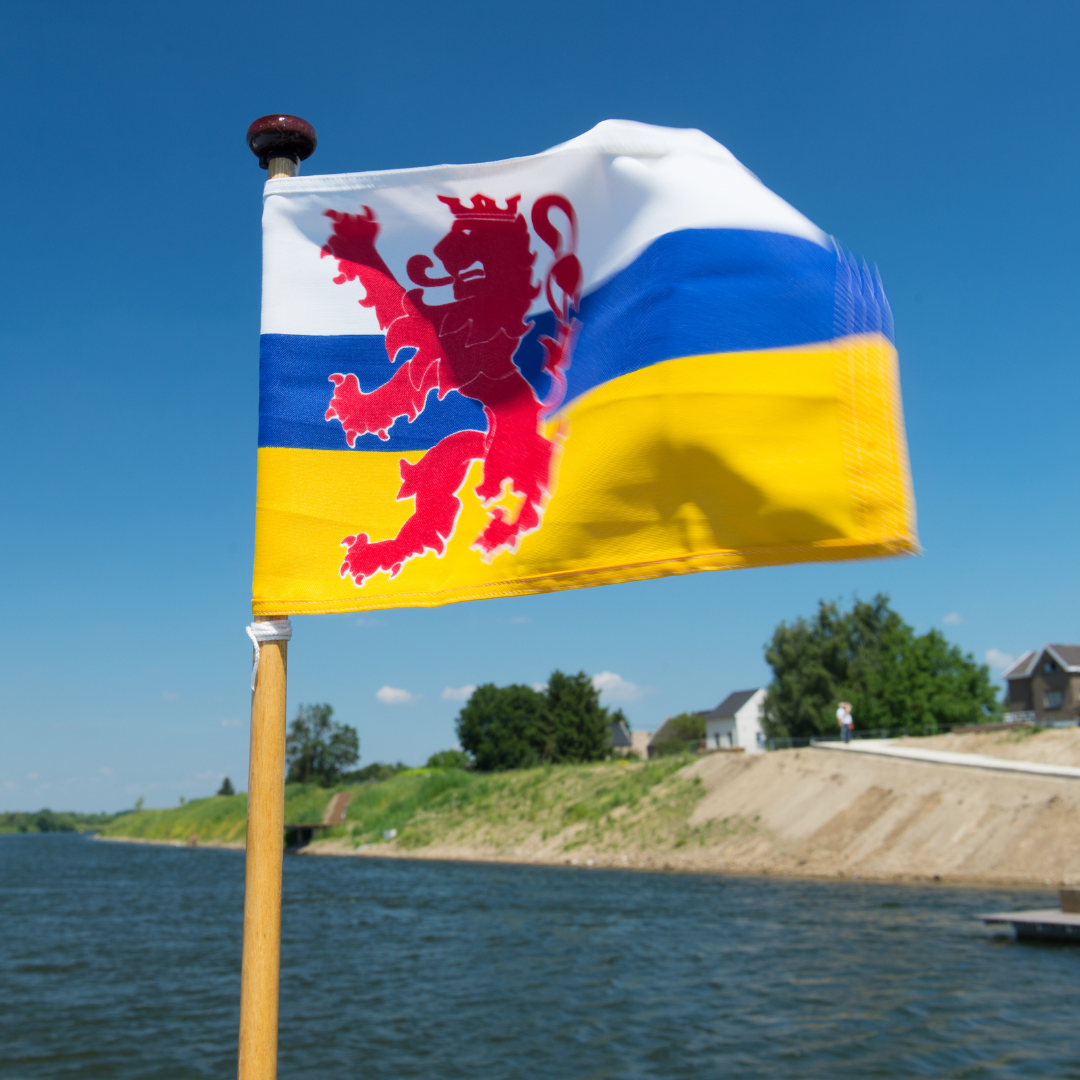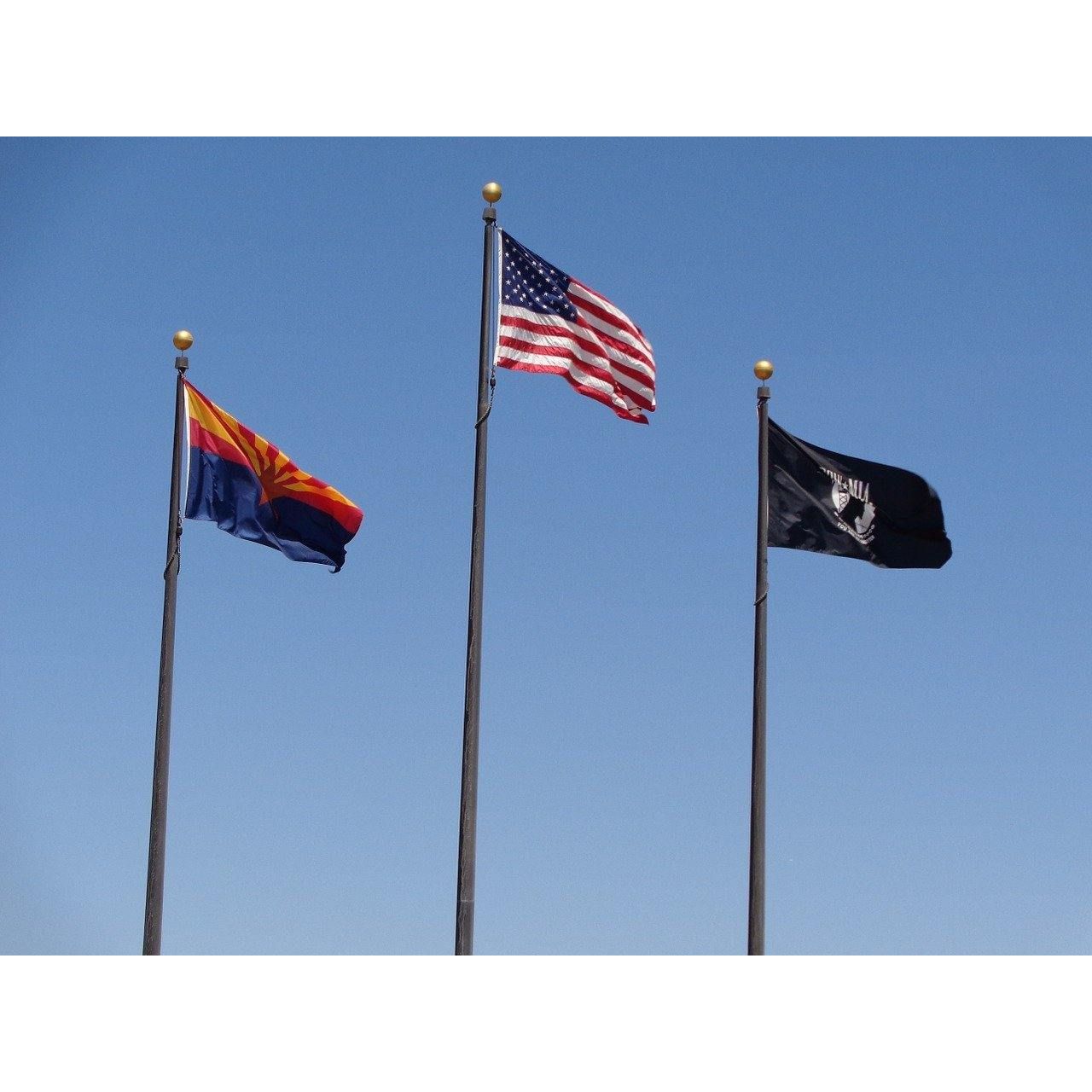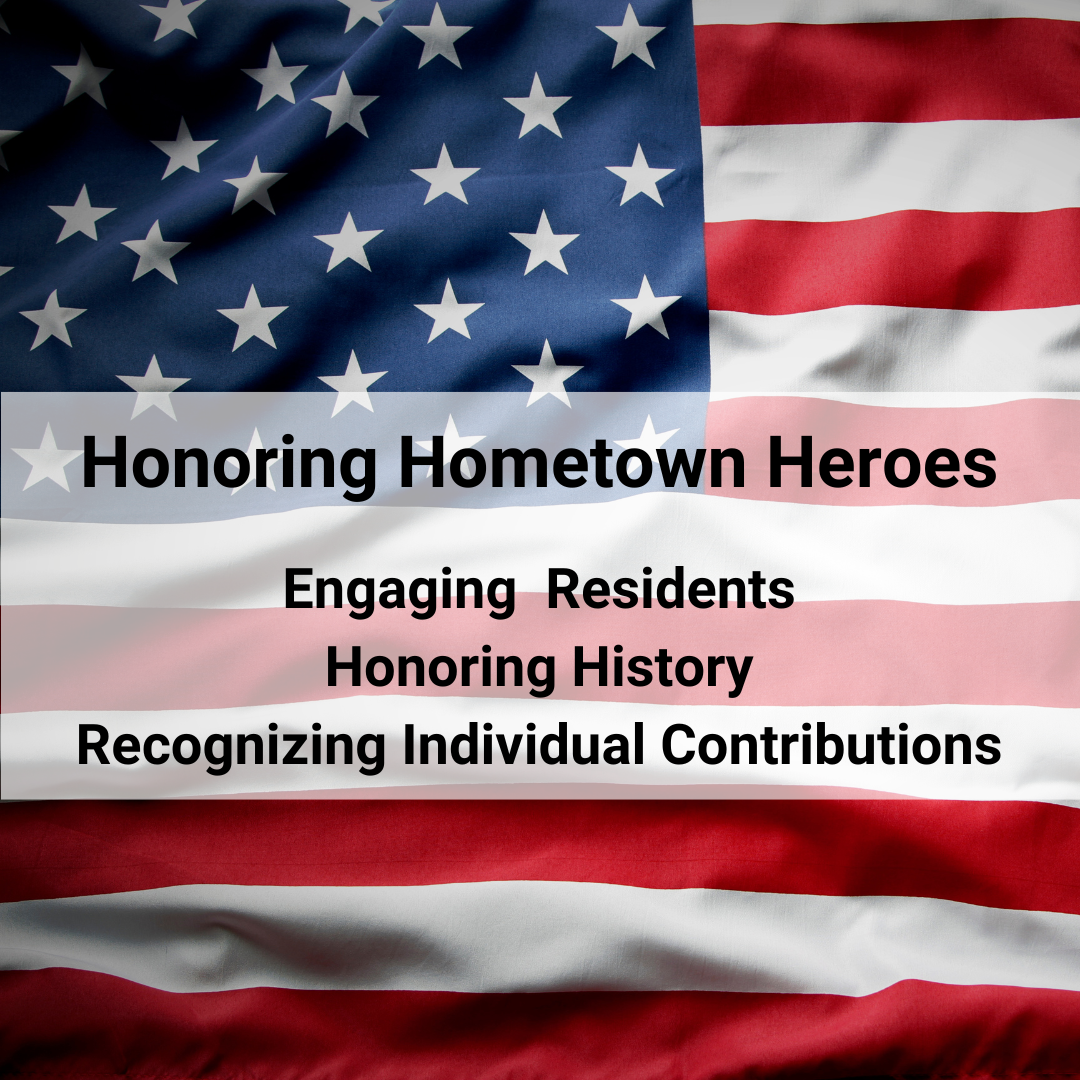Creating a street banner program featuring local artists in your town can be a great way to showcase local talent, beautify the community, and engage residents. Here's a step-by-step guide on how to get started:
-
Define Your Vision and Goals:
- Determine the purpose of the street banner program. Is it to promote local art, beautify the town, or boost tourism? This will help you narrow down installation locations, types of art to solicit and more
- Set clear goals, such as the number of banners you want to display, the duration of the program, and the budget available.
-
Secure Funding:
- Seek funding from local government, businesses, or grants. You may also consider crowdfunding or partnering with local art organizations. Many local businesses see the importance in attracting visitors and promoting art within the community. One suggestion is to produce all banners with a "flap" at the bottom whereby the sponsoring business or organization has their logo printed.
-
Form a Committee:
- Assemble a team of community members, artists, and stakeholders to help plan and execute the program. Assign specific roles and responsibilities.
-
Create Guidelines:
- Develop guidelines for artists who want to participate. Include details on submission requirements, selection criteria, and any restrictions or themes for the artwork. Themed campaigns are great as they can coincide with the season and also creates a sense of cohesiveness throughout the program. This can also help secure funding if the artwork is created by certain underrepresented segments of the community.
- Work with the Green Valley Flags to determine ideal size of banner and general layout. This information will dictate the size of artwork you solicit from the local artists.
-
Artist Selection:
- Promote the program to local artists through art schools, galleries, and social media.
- Organize a selection committee to review and select the artwork to be displayed.
- Ensure diversity in the selection process to represent a variety of artistic styles and perspectives.
-
Secure Permits and Locations:
- Obtain any necessary permits or permissions from local authorities to hang banners in public spaces.
- Identify suitable locations for the banners, considering visibility and foot traffic. This step could have also been performed in step 1.
-
Production of Banners:
- Work with GVF to produce high-quality banners featuring the selected artwork. This process will involve scanning the art and creating digital proofs that should be approved by the committee
- Ensure the banners are weather-resistant to withstand outdoor conditions. At Green Valley Flags, you don't need to worry about this as we only use the highest quality substrates to ensure UV resistance, rip and seam strength. See our guide to choosing the best suited material for your street banner program
-
Installation and Maintenance:
- Purchase high quality lamp pole banner hardware. Many times, Cities and Towns will purchase this and incorporate it into their asset base. If your town does not currently have lamp post banner brackets, it's worth it to chat with them about the potential for the City to cover the cost of the brackets and the subsequent installation. The City may consider this expense as infrastructure and then permit the use of them to many organization such as yours. Pro Tip: As mentioned, you can get your City/Town to pay for the brackets and their initial installation. When the brackets are installed, have your banners ready and ask for the installation of the banners to piggy-back off the installation of the brackets. There is generally no additional cost to put the banner on the brackets, as the technician is already up there performing the bracket installation.
- Coordinate with local public works, local administration or a professional installer to hang the banners securely.
- Establish a maintenance schedule to repair or replace banners as needed, especially after exposure to harsh weather.
-
Promotion and Opening Event:
- Publicize the program through local media, social media, and community newsletters.
- Consider organizing an opening event or reception to unveil the banners and celebrate the local artists.
-
Engage the Community:
- Encourage community involvement by soliciting feedback and opinions on the artwork.
- Consider adding QR codes to banners that link to artist profiles, providing information about the artwork and artists.
-
Evaluate and Adjust:
- After the program has run its course, evaluate its success based on your initial goals.
- Collect feedback from artists, the community, and sponsors to make improvements for future iterations.
-
Sustainability:
- Plan for the long-term sustainability of the program by exploring ongoing funding options and partnerships.
-
Document the Program:
- Keep records of the program's successes, challenges, and any lessons learned. This documentation can be valuable for future iterations or when seeking additional funding.
-
Expand and Innovate:
- Once you've established a successful street banner program, consider expanding it by involving more artists, incorporating interactive elements, or exploring new themes and concepts.
Remember that a street banner program involving local artists can significantly contribute to the cultural vibrancy of your town while fostering a sense of community pride and engagement. Be open to creativity and collaboration to make it a successful and sustainable endeavor.
